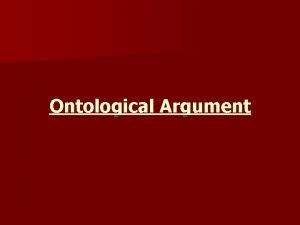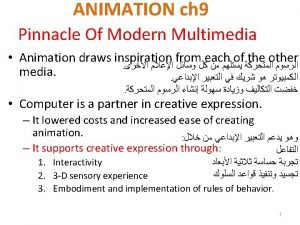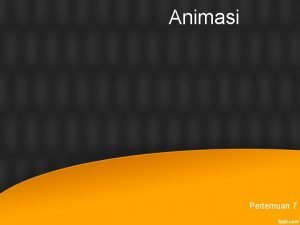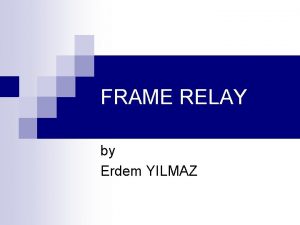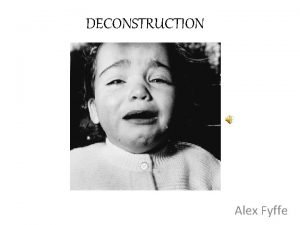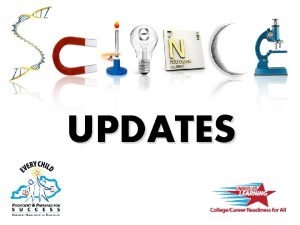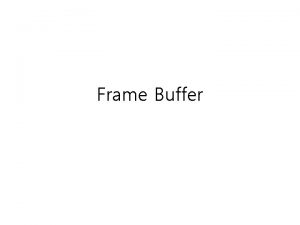Step 1 Argument Deconstruction Recognize Frame Recognize three






- Slides: 6

Step 1 Argument Deconstruction Recognize Frame Recognize three components. q Issue: o Problem, Premise, or Thesis. q Reason(s): o Logic provided to support the issue. q Conclusion: o End-state or judgment When: To examine an argument. Clarify Assess Revisit An inference is a suggestion achieved by the mental processing of information. A heuristic is a simplifying strategy or rule of thumb (the devil is in the details). A prescriptive assumption is a statement about the way things “should be”. Whereas, a descriptive assumption is a statement about the way things “are”. of the argument. UNCLASSIFIED A Refresher for UFMCS graduates. Know the terminology 12345 Recap

Step 2 Argument Deconstruction Recognize Frame Clarify Frame the central structure. State the: q Reason(s) o Logic provided to support the issue. of the argument. Revisit Argument’s Frame the q Issue gap between o Problem = extant - desired o Premise = a supposition. o Thesis = a proposal to be proved. q Conclusion o End-state or judgment Assess Issue Problem Premise or Thesis – Reason(s) 1 2 3 Conclusion End-state Judgement Delineate the Components 12345 Recap

Step 3 Argument Deconstruction Recognize Clarify the frame. q Identify the Author’s: o Purpose for Writing o Inferences o Key question(s) o Points of view o Implications o Heuristics Frame Clarify Assess Revisit Argument’s Details Author’s Purpose Inference Questions Viewpoint Implication Heuristic(s) – Has the author defined the right issue? If not, then what is the right issue? Examine the Connections 12345 Recap

Step 4 Argument Deconstruction Recognize Frame Clarify Assess the reliability of the evidence: q Has the author left out any information (the dog that’s not barking)? q Has the author relied on: o Any testimonials, intuition, studies, etc. ? If so, is the use valid? o Any deceptive statistics? Test the Evidence Assess Revisit Argument’s Quality Used or relied on: Intuition – Analogy – Testimonials – Research studies Appeal to authority – Personal experience/observation – Deceptive statistics Numbers without percentages Percentages without numbers Omitted information 1 2 12345 Recap

Step 5 Argument Deconstruction Recognize Frame Revisit the argument as a whole. Clarify Assess Revisit Issue What is the hypothesis? Any other sensible ones? Frame Details Quality Issue Problem Premise or Thesis – Author’s Purpose Inference Questions Viewpoint Implication Heuristic(s) – Used or relied on: Intuition – Analogy – Testimonials – Research studies Appeal to authority – Personal experience/observation – Reason(s) 1 2 3 Has the author defined the right issue? Deceptive statistics Numbers without percentages Percentages without numbers - If not, then what is the right issue? Omitted information 1 2 Conclusion End-state Judgement Reason(s) Does the evidence support the issue? Conclusion Is any evidence open to another sensible explanation or finale? Coherent What are the consequences of accepting this argument? argument 12345 Recap

Recap Argument Deconstruction Recognize Frame q Terminology is central. Revisit What is the hypothesis? Any other sensible ones? of three components. Written or Oral Reason(s) Does the evidence support the issue? When: To critique an argument. Frame Details Quality Issue Problem Premise or Thesis – Author’s Purpose Inference Questions Viewpoint Implication Heuristic(s) – Used or relied on: Intuition – Analogy – Testimonials – Research studies Appeal to authority – Personal experience/observation – Reason(s) 1 2 3 Has the author defined the right issue? Deceptive statistics Numbers without percentages Percentages without numbers - Conclusion End-state Judgement Assess Issue q Rigorous examination If not, then what is the right issue? Clarify Omitted information 1 2 Conclusion Is any evidence open to another sensible explanation or finale? What are the consequences of accepting this argument? argument 12345 Recap

